- +7 911 318 2710
- Contact us
- Contact us
- Languages
-
Summer
-
Fishing holidays
- Salmon fishing in Umba river
- Salmon fishing in Varzuga river
- Salmon fishing in Varzuga river (no guide)
- Trout fishing in wild nature
- Fishing/trolling in Umbozero Lake
Biking/cycling Tours
- Biking Kola Peninsula Taiga (7 days)
- Biking along the White Sea (6 days)
- Cycling in NW-Russia for indivduals (13d)
Multi-activity Tours
- Hiking/biking/rafting tour on Kola (15 d)
Excursion travel
- The Charm of Russian Lapland (3 d)
- The Secrets of the White Sea Coast (5 d)
- The Wonders of the Kola (6 d)
Ecological holidays
- Camping and cottages on White Sea shore
- Saami Sot-house in Inga
- Guesthouse "Shining Khibiny" Kirovsk
Expéditions hors route d'été
- 4x4 Expéditions "Ends of the Kola" (10 jours)
- 4x4 Expéditions "Edges of Kola" (13 jours)
- 4x4 Expéditions "The lost World" (12 jours)
- 4x4 Expéditions "Ends of the Earth" (14 jours)
- 4x4 Expéditions "Kola Unlimited" (17 jours)
- 4x4 Camper/truck Tour on Kola Peninsula (19 jours)
-
-
Winter
-
NEW YEAR / CHRISTMAS
- New Year 2023 in Lapland (3d)
- Celebrate in Saami village Krasnoschelye (5d)
Cross-country skiing tours
- 1-day cross-country skiing tour in Monchegorsk
- Cross-country ski tour Khibiny Tundra (8d)
- Cross-country ski marathon Murmansk (4d)
- Combi cross-country ski tour in Khibiny
Tundra + ski marathon (10 days)
Short Snowmobile Safaris
- 'Kukisvumchorr Pass' (1,5 - 2 hrs)
- 'Charm of Kuelporr' (2,5 hrs)
- 'Ramzai Pass' (3-4 hrs)
- 'Mystic Petrelius' (4-5 hrs)
- 'Top of Kaskasnyunchorr Mountain' (4-5 hrs)
- 'Circle of northern passes' (4-5 hrs)
- 'Circle through Partamchorrsky Pass' (5 hrs)
- 'Excursion to Academicheskoe Lake' (5-6 hrs)
Long Snowmobile Safaris
- 'Radiance of Khibiny Tundra' (2 days)
- 'Magic of Polar Night' (2 days)
- 'Lapland Holiday' (3 days)
- NEW 'Heart of Kola' (5 days)
- 'Khibiny Tundra to White Sea' (6 days)
- 'White Sea to Khibiny Tundra' (6 days)
- 'White Planet Kola' (6 days)
Expéditions hors route d'hiver
- Hiver Arctique – Hors route Aventure (8 jours)
- Aventure sur la glace de l'Arctique en SUV (7 jours)
Aurora Borealis watching
- A Window on Space (5d) Join a group!
- Aurora Borealis above Sami Land (5d)
- Northern lights at the 69th parallel (5d)
- Snow Fun Holiday in remote village! (7d)
- Arctic winter holiday composer
Husky Safaris
- 'Fond of Huskies' (2,5h-3km)
- 'Husky Adventure' (2,5h-6km)
- 'The Northern Traditions' (3h-3km)
- 'Conquest of the North' (6-7h-40km)
- 'On Top of the Earth' (4d-80km)
Downhill skiing
- Downhill skiing on Kola Peninsula
-
-
Hors route
-
Expéditions hors route d'été
- 4x4 Expéditions hors route "Ends of the Kola" (10 jours)
- 4x4 Expéditions hors route "Edges of Kola" (13 jours)
- 4x4 Expéditions hors route "The lost World" (12 jours)
- 4x4 Expéditions hors route "Ends of the Earth" (14 jours)
- 4x4 Expéditions hors route "Kola Unlimited" (17 jours)

-
- Train Car Camper
-
Aurora Borealis
-
-
Excursions
-
Kola - Murmansk
- Day excursion in hero city Murmansk
- Day excursion Teriberka/Barents Sea
- Excursion to a Husky farm (2,5h)
Kola - Monchegorsk
- 1-day cycling in Monchegorsk suburbs
- 1-day hiking to waterfall in Monche Tundra
- 1-day kayaking on Imandra Lake
- 1-day sailing on Imandra Lake
- 1-day skiing tour in Monchegorsk suburbs
Excursion trips on the Kola
- The Charm of Russian Lapland (3 d)
- The Secrets of the White Sea Coast (5 d)
- The Wonders of the Kola (6 d)
Karelia - Kem / Belomorsk
- Excursions on Solovetsky Islands
- Excursion 'History of Solovetsky Archipelago' (3 hrs)
- Excursion 'Monasteries of Solovetsky Archipelago' (4 hrs)
- Boat excursion 'Beluga Cape of Solovetsky Archipelago' (3 hrs)
- Boat excursion 'Big Zayatsky Island' (3 hrs)
- Boat excursion 'Sea, seal and lighthouse' (3 hrs)
-
-
Theme
-
Aurora Borealis watching
- A Window on Space (5d) Join a group!
- Aurora Borealis above Sami Land (5d)
- Northern lights at the 69th parallel (5d)
- Snow Fun Holiday in remote village! (7d)
- Design your own Arctic winter holiday!
Fishing holidays
- Salmon fishing in Umba river
- Salmon fishing in Varzuga river
- Salmon fishing in Varzuga river (without guide)
- Trout fishing Adventure in wild nature
- Fishing/trolling Adventure in Umbozero Lake
Beluga Watching
- Beluga watching on Solovetsky Islands
Bird watching
- Bird watching on Taiga and Tundra
Wildlife Watching
- An interesting watching tour for bears, elks, wolverines,
forests birds and birds of prey is coming soon ...
If you cannot wait please click this option for contacting us!
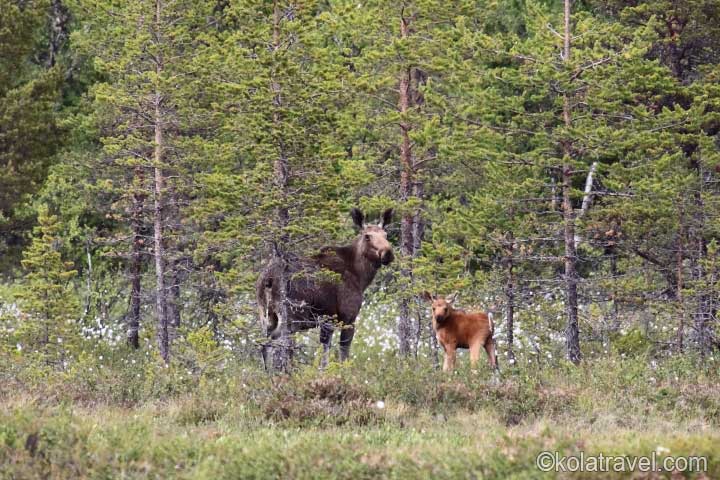
NEW YEAR / CHRISTMAS
- New Year in Lapland (3d)
- Celebrate in Saami village Krasnoschelye (5d)
4x4 Expéditions hors routes
- 4x4 Expedition "Ends of the Kola" (10 jours)
- 4x4 Expedition "Edges of Kola" (13 jours)
- 4x4 Expedition "The lost World" (12 jours)
- 4x4 Expedition "Ends of the Earth" (14 jours)
- 4x4 Expedition "Kola Unlimited" (17 jours)
- Voyage hors route en camping-car/camion (19 jours)
- Hiver Arctique – Hors route Aventure (8 jours)
- Aventure sur la glace de l'Arctique en SUV (7 jours)
Ecological holidays
- Camping and cottages on White Sea shore
- Saami Sot-house in Inga
- Guesthouse "Siyaniye Khibin" close to Kirovsk
-
-
Services
-
Apartment for rent under the Northern lights
- Apartment 'Imandra' in Monchegorsk

Assistance de Visa
- Single- and double-entry invitations
Licenses and permits
- Kola Peninsula contains many restricted areas and tourists need a permit to visit these places. For questions and requests for permits please click this option.
-

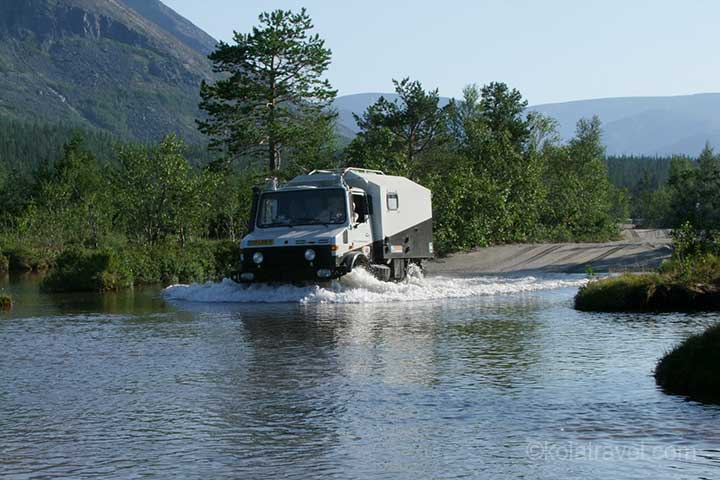
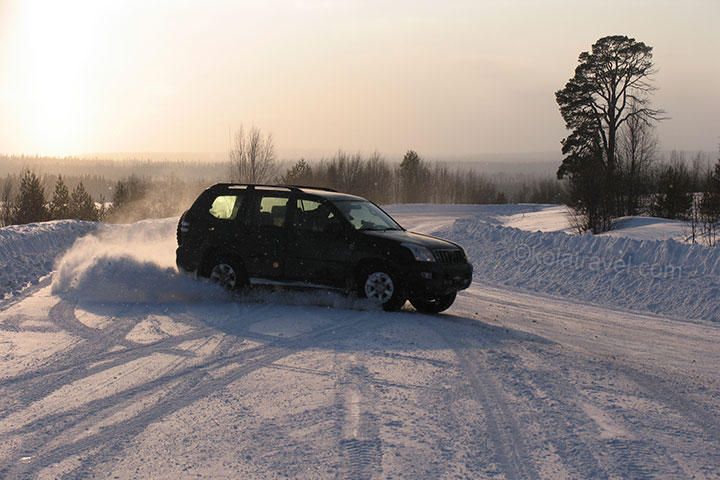


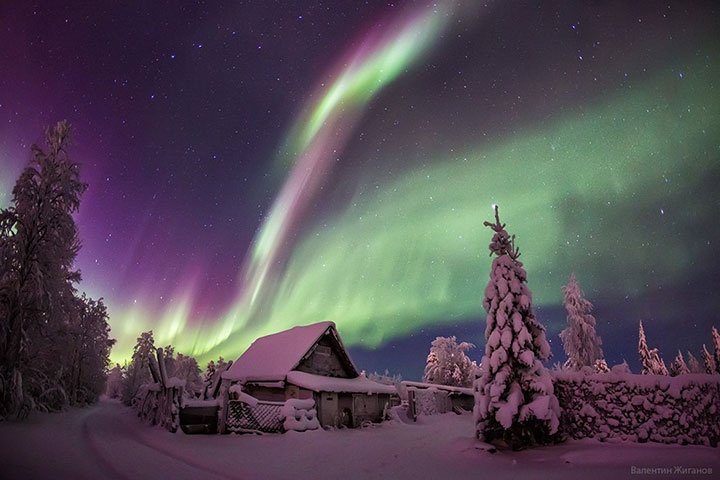
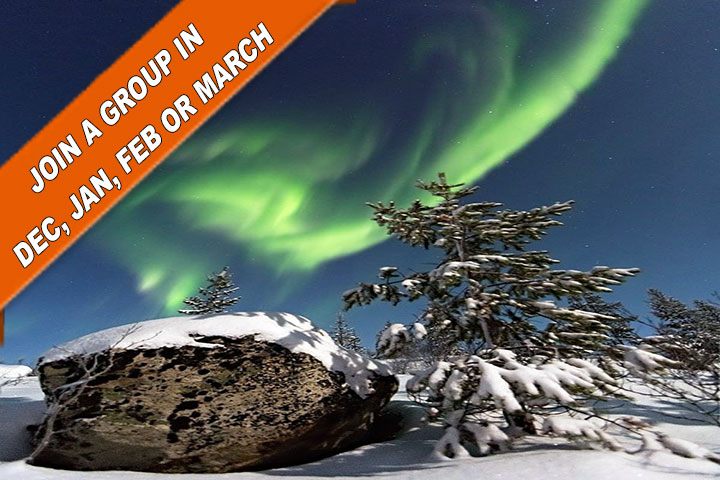
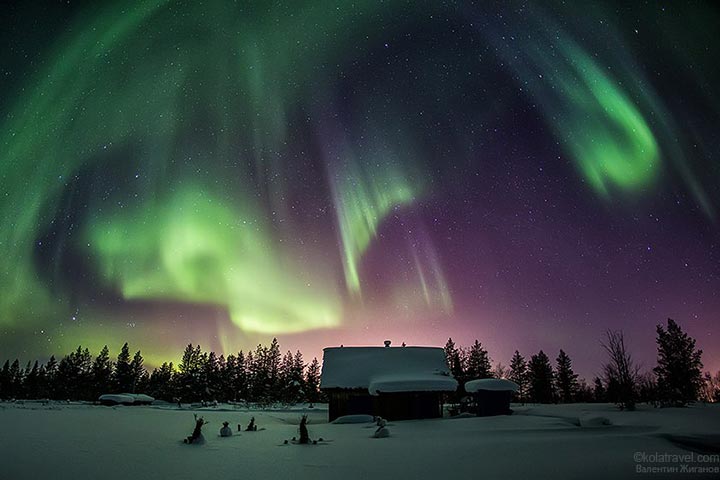
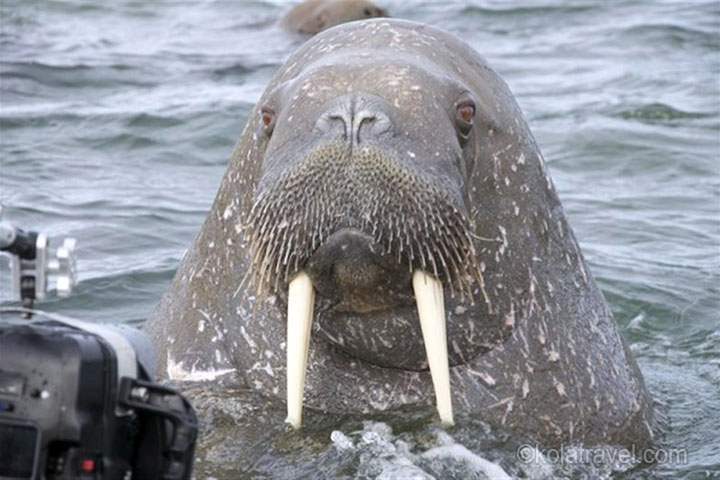
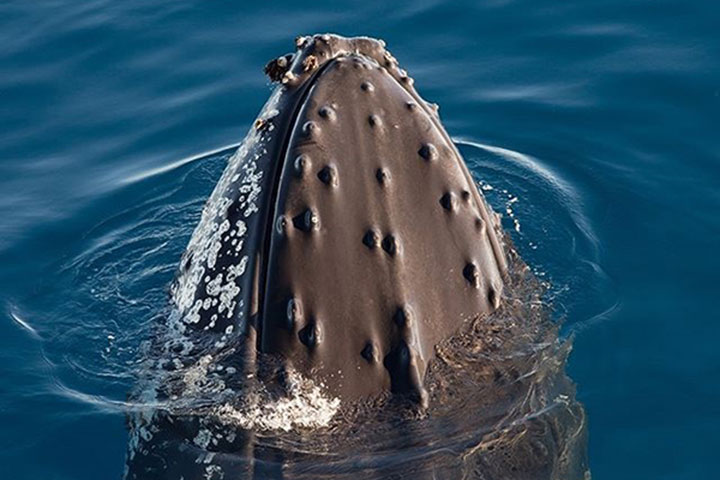
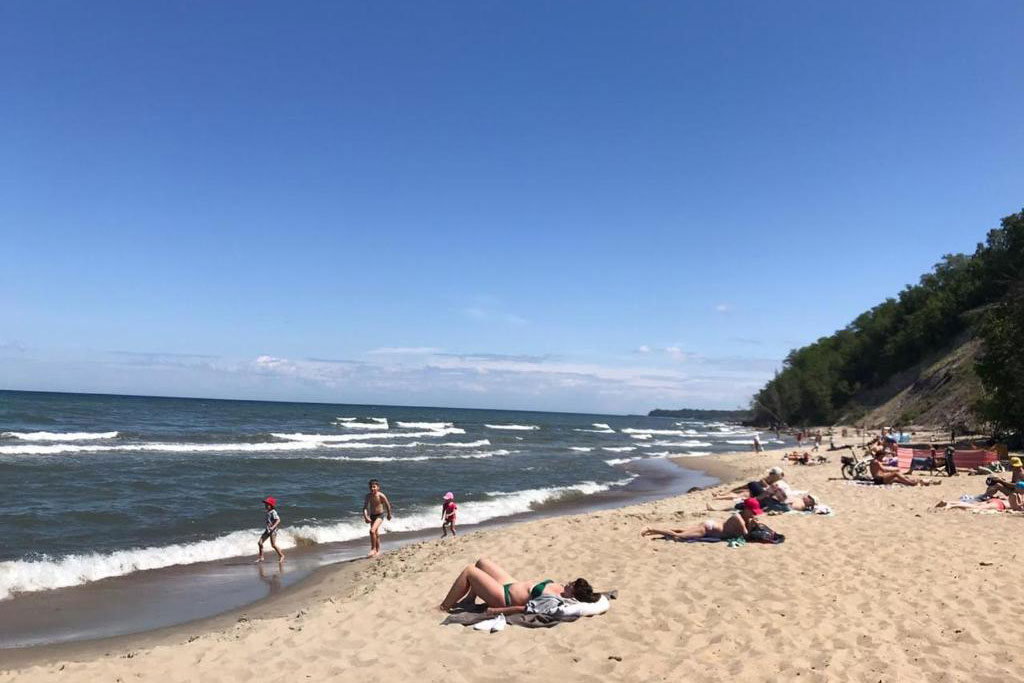
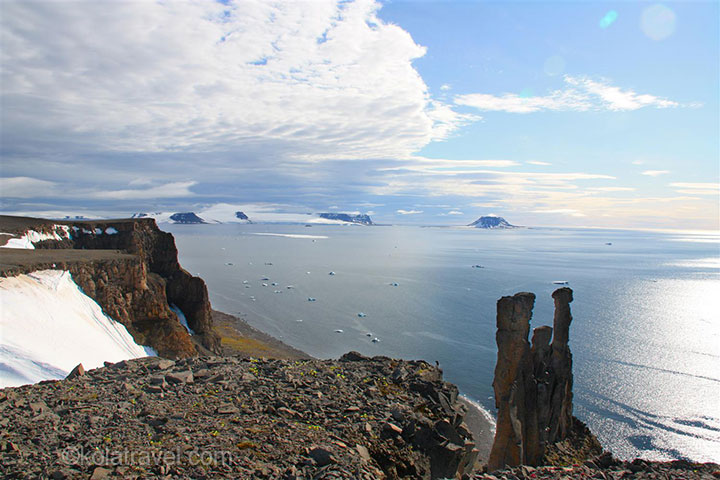
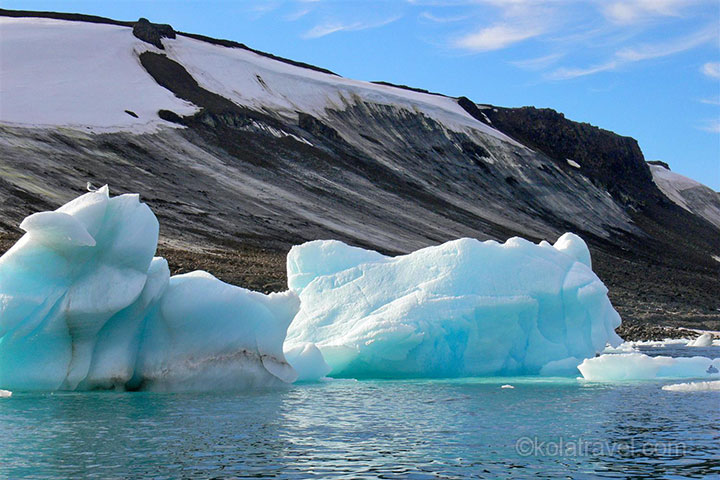
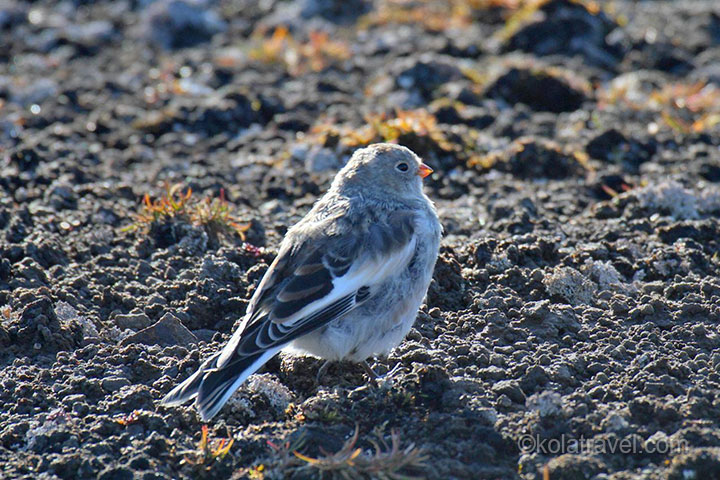
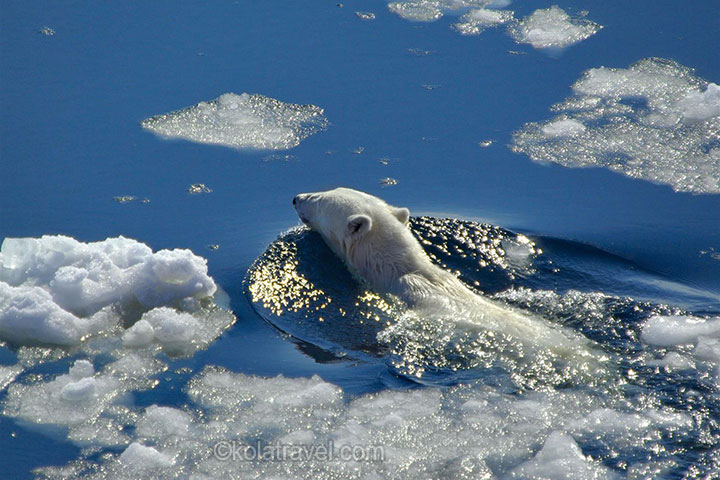
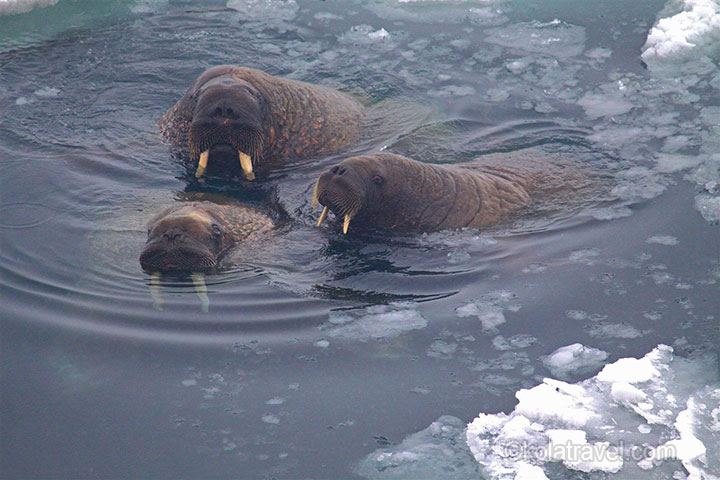


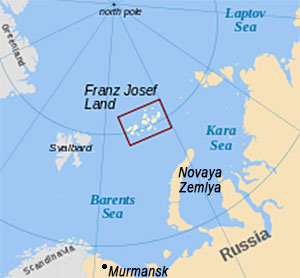



 TripAdvisor
TripAdvisor
